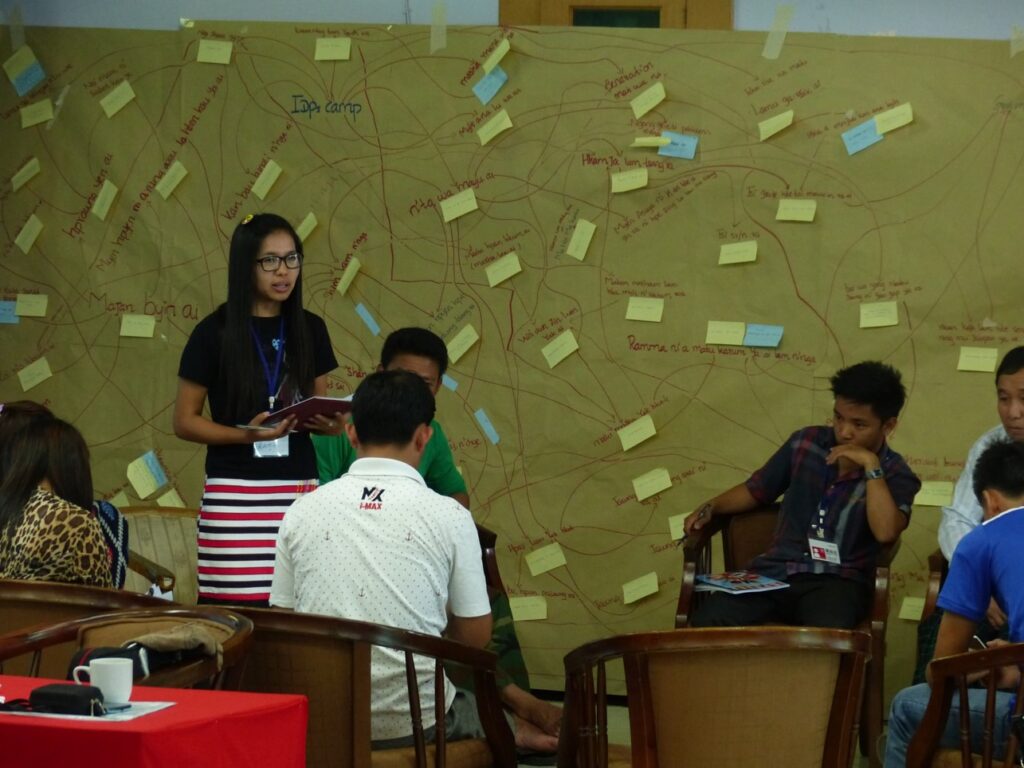Kachin Peace Program
The Kachin Peace Program concentrates on conflict-impacted and hard-to-reach areas in the north of Burma/Myanmar. The program engages in research, design, and execution of peacebuilding actions. It employs systemic action research that first gathers data in the form of life stories from conflict-affected individuals. It then utilises systems mapping, whereby local participants analyse these narratives to identify appropriate peacebuilding, human rights, developmental, and humanitarian measures. These initiatives are then implemented using an action research approach, with intentional networking strategies to scale up and sustain impacts over time. Adapt Peacebuilding, a non-profit organisation, implements this project.

Adapt Peacebuilding
Location: Burma/Myanmar
The conflict between the Kachin Independence Army (KIA) and the Myanmar Army is a protracted and complex armed struggle that has been ongoing for several decades in Myanmar’s northernmost state of Kachin. It is part of a much larger national conflict between the Burmese military junta and Myanmar’s various democratic and ethnic opposition forces. The Kachin Peace Program was established to respond to public concerns about the failure of the national level peace process to deliver the changes desired by the general public, as concerns civilian displacement during conflict, human rights violations, a drug epidemic, and socially and environmentally irresponsible natural resource exploitation.
Highlights:
- 20,000 people participated in three rounds of the program
- USAID Innovation Award 2018
Results
The core activities of this program encompass comprehensive training in research and dialogue methodology, followed by the collection and systemic analysis of life histories from community members. This valuable data forms the basis for action research meetings, which inform the design and execution of targeted peacebuilding initiatives. These encompass a spectrum of efforts, including drug awareness campaigns, financial empowerment for those displaced by conflict, reducing school dropout rates among conflict-affected youth, and promoting human rights education and mobilisation in the context of unsustainable natural resource practices.
The program extends its impact through a robust series of wider community gatherings and stakeholder lobbying meetings, creating a platform for advocacy that echoes evidence-based policy change. Ultimately, this program combines grassroots efforts with strategic advocacy to pave the way for lasting peace and positive transformation in Myanmar’s conflict-affected regions.